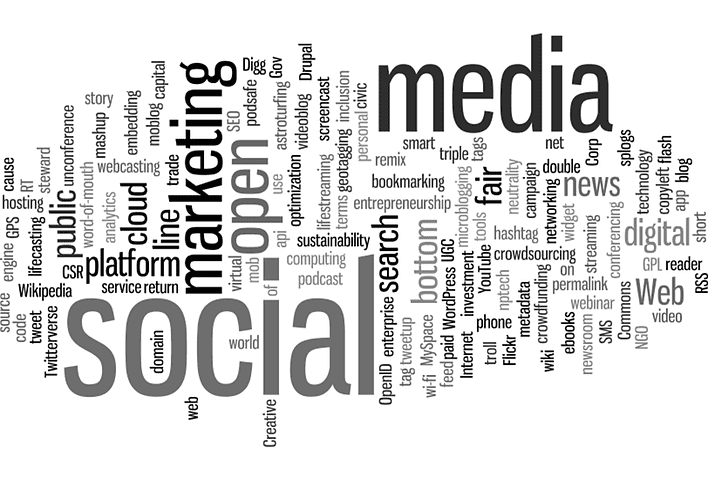Communication in the workplace has evolved significantly over the years. Are you keeping up with the latest trends and technologies? In today’s fast-paced and interconnected world, staying ahead of the curve is crucial for success.
Gone are the days of traditional office communication methods such as memos and phone calls. The workplace of the future is driven by digital technology and instant connectivity. With the rise of remote work and global teams, effective communication has become more important than ever before.
To thrive in the modern workplace, it’s essential to embrace the future of communication. From collaboration tools to video conferencing, there are numerous advancements that can streamline communication and enhance productivity. If you want to stay relevant and avoid being left behind, it’s time to adapt and embrace the changing landscape of workplace communication.
Using Artificial Intelligence for Communication will Continue to Grow
The future of AI holds immense potential to revolutionize communication in the workplace. AI technology is constantly evolving and advancing, enabling businesses to enhance their communication processes and streamline operations.
AI-powered NLP algorithms are becoming increasingly sophisticated, allowing machines to understand and interpret human language more accurately. This will enable AI-powered chatbots and virtual assistants to have more natural and meaningful conversations with customers, providing instant support and resolving queries effectively.
What’s more, AI may facilitate improved collaboration among team members by automating routine tasks and providing real-time assistance. For example, AI-powered project management tools can automatically assign tasks, track progress, and identify potential bottlenecks, enabling teams to work more efficiently and collaboratively.
Lastly, AI-driven language translation tools will break down language barriers and enable seamless communication across different languages. Real-time translation services will enhance global collaboration, foster cultural diversity, and open doors for businesses to expand into international markets.
Faster Ways of Communicating With Staff or Customers
More companies are starting to adopt faster ways of communicating with staff and customers. Long-form emails will still be used, but to get information quicker, companies will start to utilize features such as email chat.
With an email chat feature, you can still attach files and important information, ask questions and even see when the recipient is on or offline. The chat feature allows faster response times which is excellent for time-sensitive projects.
Another way companies will be able to send messages is through voice notes on email apps. This feature will assist team members that travel often and don’t always have time to write emails. They can simply send a voice note to update their team, ask questions, or delegate work.
Increased Use of Remote Communication
With the rise of remote work and the advancements in technology, communication in the workplace will rely heavily on remote communication tools. Video conferencing, instant messaging, and collaboration platforms will continue to play a crucial role in connecting and collaborating with colleagues who may be located in different geographic locations.
Focus on Inclusivity and Accessibility
The future of workplace communication will prioritize inclusivity and accessibility. Communication tools will be designed to accommodate diverse communication styles and preferences, ensuring that everyone can effectively participate and contribute to discussions.
Accessibility features, such as closed captioning and screen reader compatibility, will be integrated into communication platforms to make them more inclusive for individuals with disabilities.
Companies are also making accessibility more of a priority for customers. In some countries, there are specific laws about making websites more accessible to those who have hearing and sight disabilities. But more organizations are making it a priority to bring in a diverse customer base.
The Need for Human Connection
The future of communication in the workplace will undoubtedly be shaped by advancements in technology and the increasing use of digital tools. However, even with these advancements, the need for human connection will remain crucial.
Human connection fosters better collaboration and teamwork. While technology allows for remote communication and virtual meetings, these methods often lack the personal touch and non-verbal cues that are essential for effective communication.
In-person interactions, whether through face-to-face meetings or informal conversations, enable individuals to build relationships, establish trust, and develop a deeper understanding of one another.
Employees may want to have more video conferences or speak with their clients over the phone rather than using email or AI to build rapport and develop stronger relationships.
Related Articles
What is Crucialidade? Everything You Need To Know.
The Difference Between A Fair Market Value and A Blue Book Value
How to Start Your Own Business
Final Thoughts
Technology is always advancing, so there may be more ways that communication will change in the workplace. However, it’s important to stay ahead of these trends and new developments. By adopting new ways of communication, you will have higher employee retention rates, and you’ll be able to build a loyal customer base.






